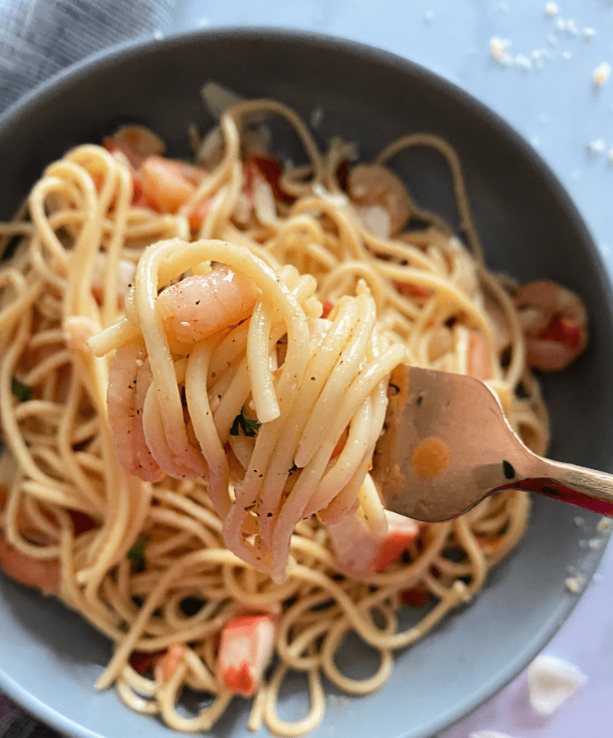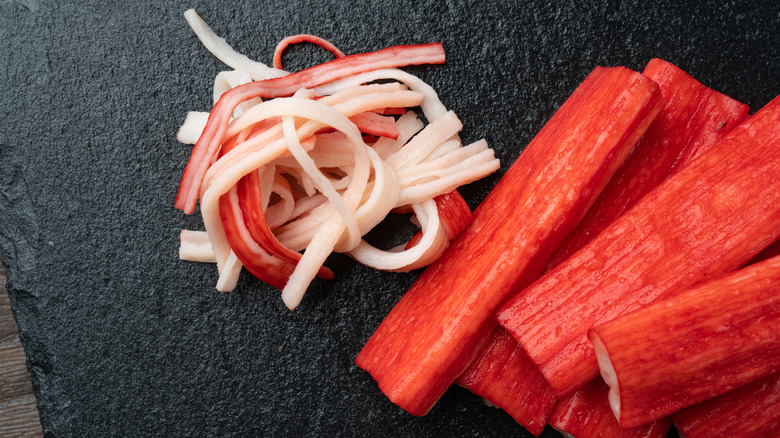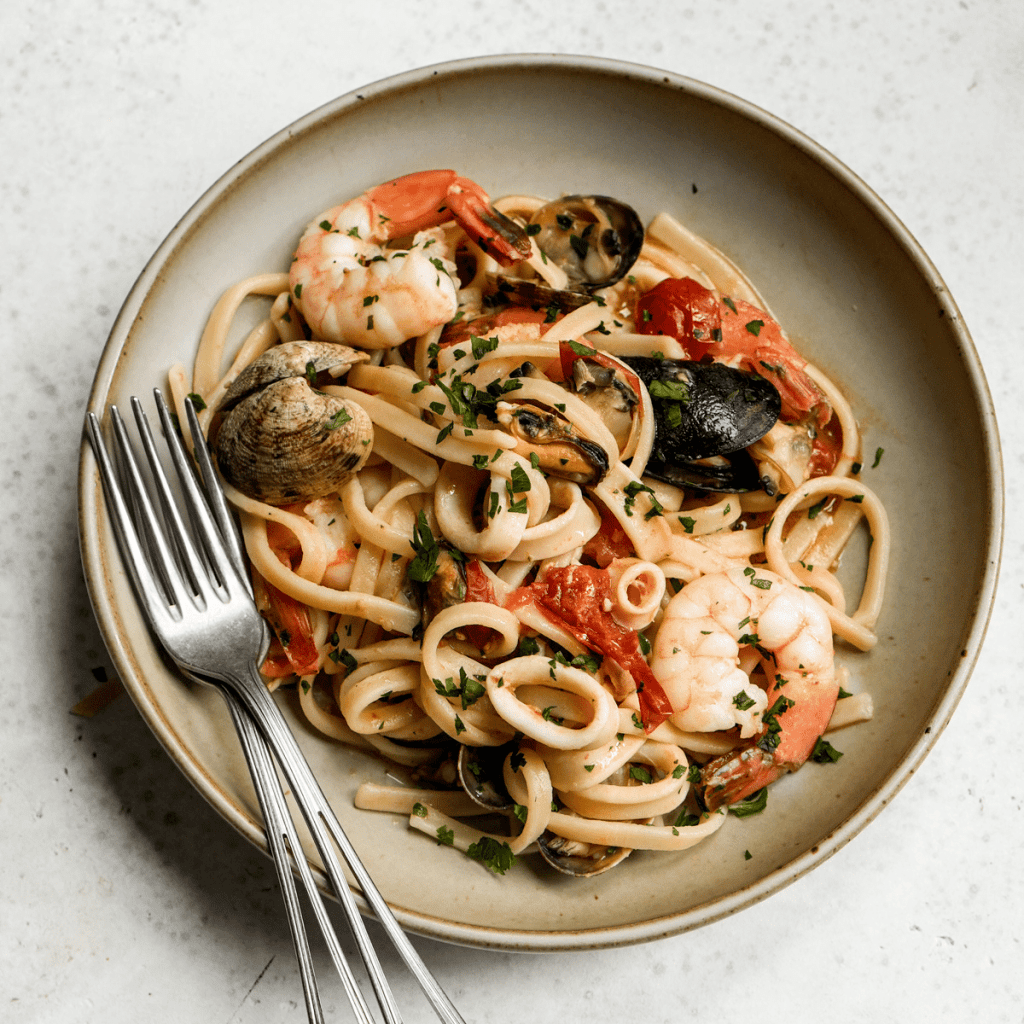Crab sticks, also known as imitation crab or surimi, have become a go-to ingredient in countless dishes, from sushi rolls to creamy pasta salads. Despite their popularity, crab sticks often spark curiosity and sometimes skepticism, especially when it comes to how they’re made and what they contain. This article dives into the world of crab sticks, inspired by an incident at a work event that left one coworker questioning their ingredients.
Sharing Crab Stick Pasta at Work: A Culinary Experiment

Work events are a fantastic way to share personal recipes and bond over food. For one such gathering, I brought my favorite crab stick pasta dish—a creamy and savory delight that always gets compliments. However, my culinary pride took a hit when one coworker avoided it entirely. She explained she was uneasy about imitation crab, citing concerns over its artificial nature.
That got me thinking: what’s really in crab sticks, and why do they stir so much debate?
Understanding Crab Sticks: The Basics of Surimi
Crab sticks are a seafood innovation originally crafted to mimic the flavor and texture of real crab meat. Surprisingly, they contain little to no actual crab. Instead, the primary ingredient is surimi, a finely minced fish paste typically made from white fish like pollock or hake. This paste is combined with a variety of ingredients to replicate the taste and appearance of crab meat.
The Ingredients: What’s in Crab Sticks?
If you’ve ever wondered what goes into these imitation wonders, here’s a breakdown of the typical ingredients:
- Surimi: A paste made from deboned white fish.
- Starch: Helps bind the mixture and provide texture.
- Flavorings: Artificial and natural crab-like flavors are added.
- Salt and Sugar: Enhance taste and act as preservatives.
- Food Coloring: Gives crab sticks their distinctive red-and-white appearance.
- Additional Ingredients: Depending on the brand, these may include egg whites, vegetable oil, or preservatives.
While the ingredient list might seem lengthy, it’s not unusual for processed foods. However, it’s the combination of artificial flavors and additives that often raises eyebrows.
How Are Crab Sticks Made? The Manufacturing Process
The journey from fish to crab stick involves a meticulous manufacturing process:
- Fish Preparation: High-quality fish is deboned and minced into a smooth paste.
- Blending: The fish paste is mixed with starch, flavorings, and seasonings.
- Shaping and Cooking: The mixture is shaped into sticks, cooked, and cooled.
- Packaging: The finished product is wrapped and ready for distribution.
This process ensures consistency in taste and texture, making crab sticks a reliable ingredient for many recipes.

Debunking Common Myths About Crab Sticks
Crab sticks often get a bad rap, but many of the concerns surrounding them are rooted in misconceptions. Let’s clear the air:
- Myth 1: Crab Sticks Are Low-Quality Seafood
In truth, the fish used in surimi production is often high quality, chosen for its mild flavor and smooth texture. - Myth 2: They’re Packed with Harmful Additives
While crab sticks do contain preservatives and flavorings, they’re generally safe when consumed in moderation.
The key is to read labels and choose reputable brands with minimal additives.
Are Crab Sticks Healthy? The Nutritional Lowdown
Crab sticks have both pros and cons when it comes to nutrition:
- Pros:
- Low in calories and fat.
- A good source of protein.
- Cons:
- High in sodium.
- May contain artificial additives that some people prefer to avoid.
If you’re mindful of your diet, incorporating crab sticks occasionally is fine, but moderation is crucial.

Exploring Alternatives: What to Use Instead of Crab Sticks
For those hesitant about crab sticks, there are plenty of other seafood options to try in pasta dishes:
- Real Crab Meat: Authentic and naturally flavorful.
- Shrimp or Scallops: Offer a luxurious texture and taste.
- Plant-Based Alternatives: These are becoming increasingly popular and cater to vegans or those avoiding processed seafood.
Switching to these alternatives can be a great way to address health concerns while keeping the seafood vibe alive.
Why Food Choices Matter at Work Events
Work events are a melting pot of culinary preferences, dietary restrictions, and personal tastes. My coworker’s reluctance to try crab stick pasta wasn’t just about the dish—it was a reminder of how personal and varied food choices can be. Understanding the ingredients in foods like crab sticks not only helps us make informed decisions but also fosters greater respect for others’ dietary preferences.
Conclusion: The Curious Case of Crab Sticks
Crab sticks may be a processed food, but they’re also a versatile, affordable, and widely enjoyed ingredient. Whether you’re a fan or prefer to steer clear, understanding what’s in them can help demystify their place in our kitchens. As for my coworker? Next time, I might swap the crab sticks for real crab or shrimp to ensure everyone feels comfortable digging in. After all, food is about bringing people together, and there’s always room for a little compromise in the kitchen.


